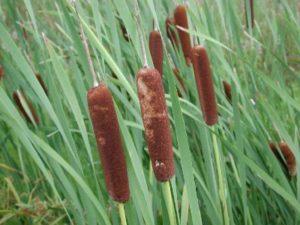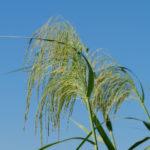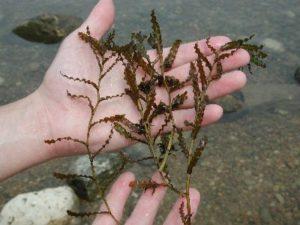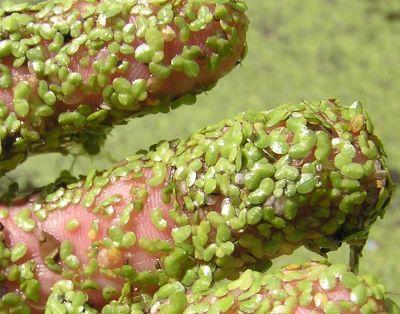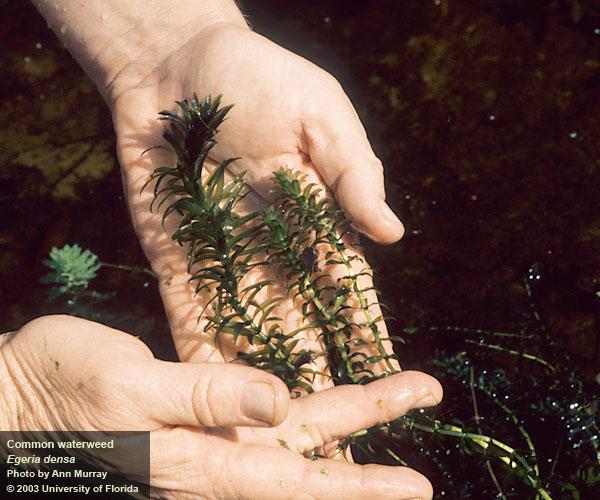Pond Pest Management Summary
There are five categories of aquatic plants:
- Algae
- Floating
- Submerged
- Emergent
- Marginal
Aquatic plants are an important part of the natural ecology of a pond. Along with being at the base of the food web, plants provide shelter for aquatic organisms, are the major producers of oxygen in an aquatic system, can aid in the removal of suspended sediments from the water column, and can stabilize bottom sediments.
There are four methods of aquatic plant control:
- Mechanical
- Biological
- Chemical
- Preventative
GRASS CARP ARE ILLEGAL to possess in Maryland
There are 12 steps that a pond owner should follow when using a herbicide to control for aquatic plants. Prior to applying an aquatic herbicide, landowners need to contact their local Soil Conservation Service office to obtain the appropriate permits.
More helpful information:
Aquatic Weed Management - Control Methods
Aquatic Weed Management - Herbicides
Algae Control with Barley Straw
Aquatic Plant Identification and Control







